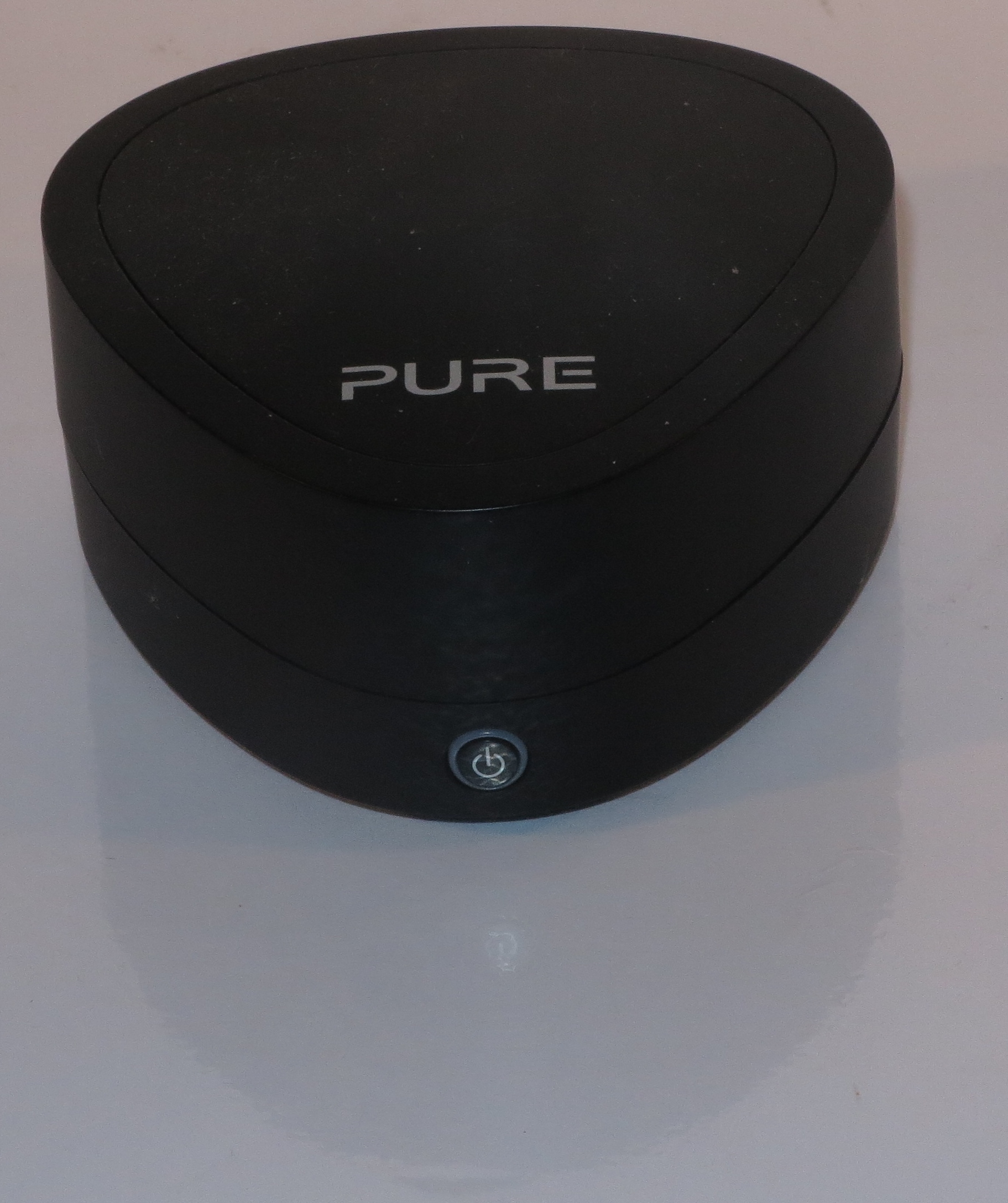Article – From the horse’s mouth
My Comments
Pioneer has released in to Europe a new lineup of home-theatre media systems with varying capabilities. They have issued two different “ranges”, known as the “advanced” range and the “regular” range. The systems have a “media centre” main unit that is common across their range but have different speaker sets with the high-end model having 4 tall freestanding speakers for the main channels along with a centre dialogue speaker and a subwoofer; the mid-tier model using 4 compact box-like speakers that could be put on shelves or mounted on walls along with the centre speaker and subwoofer; as well as the low-tier unit just having 2 main channels with two slim speakers and the subwoofer. I would also see the latter systems fit well in with people who aren’t used to the idea of speakers surrounding them or for a system that is to work in a small room.
The main consoles in both these system implement 4 of the HDMI sockets and 2 USB sockets that can work with memory keys or hard drives. Of course, they would have a Blu-Ray player and an FM broadcast tuner. The USB ports can allow for transfer of music files between a USB hard disk and a memory key; as well as “ripping” of CDs and recording of FM broadcasts.
One key difference is that there is Wi-Fi ability on the “Advanced” units as a differentiating feature. This extends to the ability to support Wi-Fi Direct operation which works hand-in-glove with laptops, smartphones and tablets for music and video playback without needing an existing Wi-Fi network segment.
There are some questions that need to be asked about this range of home-theatre systems. One is whether the cheaper “regular” systems can be connected to a home network via an Ethernet socket and benefit from all of the network features like Internet radio, DLNA and control via smartphone using the existing Wi-Fi segment with this network connection? The other is whether audio-only network sources like Internet radio or audio files hosted on a DLNA server can be brought up and played without the need to use the TV?
At least there is an effort to create DLNA-capable home theatre systems that support flexible setup across the range by most of the manufacturers.

